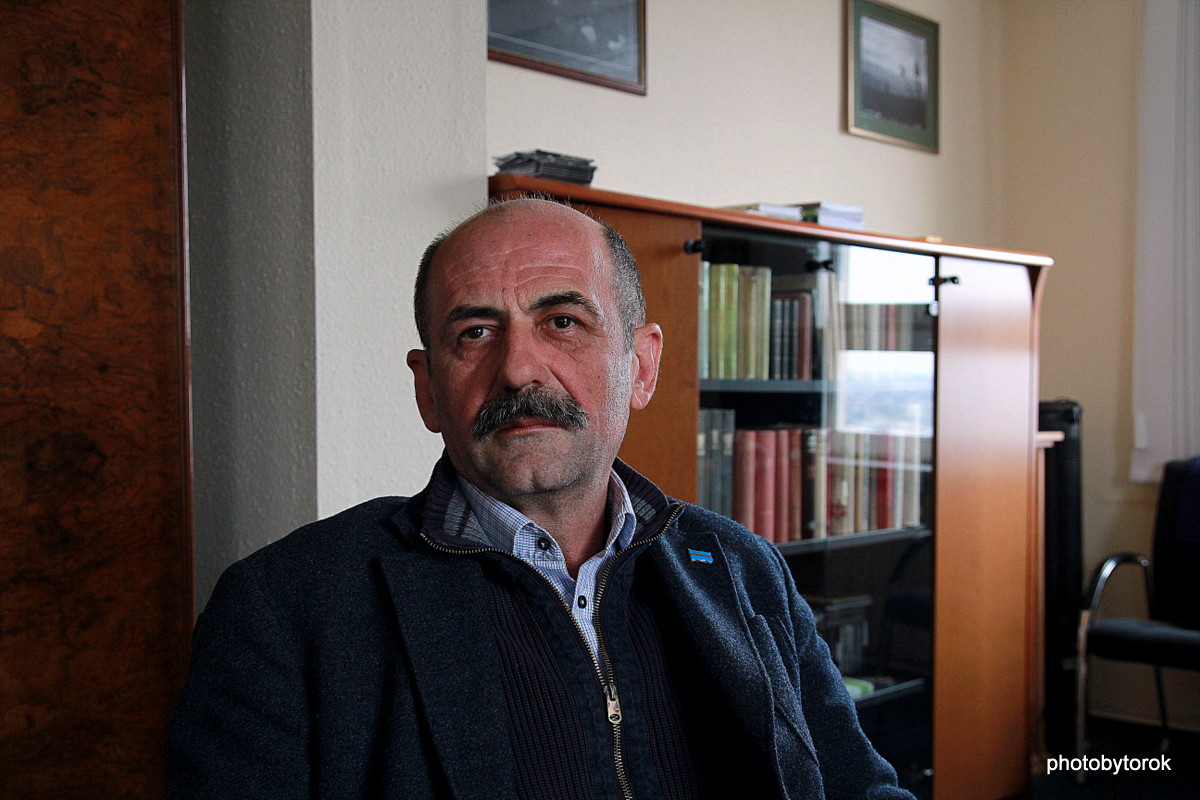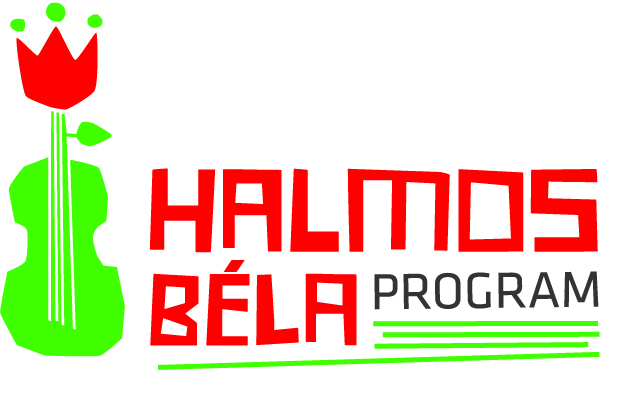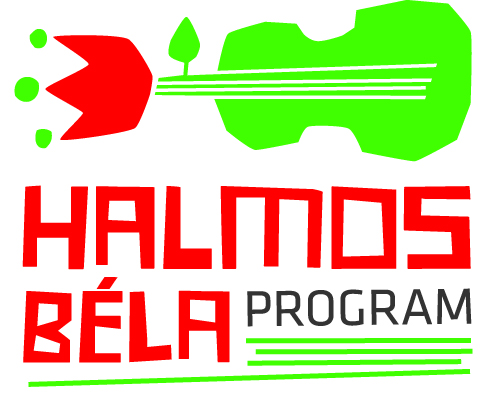This September sees the 20th anniversary of the “Last Hour program (Utolsó Óra Program)”, the project called to life by a handful of enthusiastic folk musicians, ethnographers, photographers and filmmakers in the Fonó Music Hall. The most grandiose idea of collecting folk music at the turn of the century in the Carpathian Basin came from László Kelemen. During this programme several thousands of hours of recordings were made. A selected compilation titled “Új Pátria” comprising 68 discs was also published. The programme’s former executive, the director of Hungarian Heritage House, László Kelemen spoke about his work.
This year marks the 20th birthday of the Last Hour project. How much material have you compiled?
We’ve collected 1,250 hours of sound files. I don’t exactly know how many Hi8 videos have been recorded during collection. Filming usually depended on how many cassettes we could afford.
Which periods did the collection cover?
Back then in Transylvania, a lot of people lived who knew this culture inside-out: they presented and spoke this material. According to original plans a total of 45 bands were scheduled to be included in this collection. In the end, the number went up to 48, during a 2-year span of intense work.
After the Transylvanian episode the Upper-Hungarian came next.
When we had concluded the Transylvanian part we saw that we have the infrastructure, the established processes, the colleagues, so we thought we should continue. Gergő Agócs, who knew the area, joined us and we left off. There we managed to meet 25 bands but the conditions were much harsher. Afterwards we headed to the Délvidék, south of Hungary, then back to Hungary.
What do you mean by “harsher conditions”?
Sometimes there were no complete bands to record with, we practically had to hunt down musicians, as mostly were on-off artists and many members of older bands had died. It became clearer that the erosion of this culture was in a more serious state as compared to Transylvania at the time. This work lasted one year. In the meantime, Utolsó Óra’s reputation grew, the Fonó dance house launched its Wednesday events that began attracting a larger audience. This has made it to access sources easier. Initially, József Lukács, the owner of Fonó was our benefactor. This meant a wider scope of attention was focused on our attempt at preserving values.
What sources did you get support from?
The Utolsó Óra project cost a total of 50 million Forints. This only includes the collection and not the publishing. Sources mainly came from the Hungarian state. While the programme was running, every Minister of Culture from Bálint Magyar to Zoltán Rockenbauer gave maximum available support and at the same time we applied to every tender we could get our hands on. The biggest private supporter was the ’44 Elektronika but many private persons helped too. The Soros Foundation also lent a hand and publishing was funded by the Norwegian Grants.
Where was publishing placed in your plans?
It was our aim from the start, like in the Pátria records in the 1930s, to publish the most successful records. This naturally came from the method of the collection too. Work lasted from monday to friday. On Mondays, at breakfast I told the musicians why they had been summoned and why it is important that they are there. My goal was to have them join our cause, to make them understand that we are giving them a possibility to immortalize their musical profiles. If this was successful, then our cooperation was ensured. Every Monday we started playing music freely together to have the musicians rehearse, on the one hand because of their age and on the other hand because many of them hadn’t played in a good while. Day by day we got closer to actually mapping the material they knew. On the last 2 days we focused on making useful material. This meant we set up routines with publishing in mind, selected melodies that we deemed interesting and played compilations. These were marked in the records too, in order to make future editing easier.
How many hours of material made up one CD?
This varied greatly. Some bands knew a lot and almost all their material was valuable, but sometimes we had to make do with less.
What level of importance did the musicians assign to this work?
Without exception they all understood and were grateful for the opportunity. They were elderly people, so they wanted to leave something behind. The collection could not only ignite the process of reminiscing, but also inspired the musicians to give their very best for the performance. I saw with my own eyes that Aladár Laka Kicsi from Kolozs played so hard that by the fifth day, his fingers were bleeding. Usually calluses form on a musician’s fingertips, but since he hadn’t played for a while he didn’t have any, but his conviction kept him playing.
How much professional attention was turned to this collection?
Favourites have surfaced indeed. Some songs and related dances have since then made it into dance house routines. One example is the “budatelki” songs. The above mentioned Aladár Kicsi’s performance has also mesmerised many listeners. I’m also linking the “szilágysági” songs to this and in some form the spreading of the Gyergyó musicians and dances is related, as this was the first time musicians and dancers from Gyergyó came.
How well was it received by the public?
To the general public, this material is incomprehensibly large, so performing bands that draw on this and decide to focus on a cultural area or music they liked is paramount. This is one of the important sides of the Utolsó Óra: this is a gigantic musical pool you can always dive into. The first 18 CD's sold out relatively quickly. First, we published an 18-CD series, then a 50-CD one with the help of the Norwegian Grants. According to the tender we sent free copies of the series to Europe’s largest libraries, to organizations in the Carpathian Basin, some even to Australia, Japan and the US. Not only has it made it into libraries, but to collections too, like the Smithsonian Institute. We distributed about 500-600 CD series, the rest we sold on the market.
Where is the collected material available digitally?
The Hungarian Heritage House, the Fonó and the Institute of Musical Sciences have a complete digital copy each. Distributing rights are owned by Fonó. Most of the collected material has been categorised. In the last 10 years we have been building a major database together with the Museum of Ethnography and the Institute of Musical Sciences. We are making it available in English and the region’s language too, plus we are planning to make a mobile app as well.
How many of the contributors are still alive?
Not many, but with the upcoming 20-year anniversary I would like to visit them each. I am planning to bring together those musicians still available, as my experience has shown that the personal meeting has a sort of “revival” effect on both the artists and the movement itself. They can feel that they are in possession of something useful and are not forgotten.
How popular is the collection among young musicians?
The collection and the series should be dealt separately, as many people are unaware that the Final Hour collection is behind the Új Pátria. In my experience, the collection is becoming less well-known and I am not happy about it. The 20-year anniversary is thus important, as in my opinion it deserves to be studied and re-explored again and again. Therefore, all this will not be about how much we, the crew behind the collection, should be in the limelight, but how much those who bring to life this inanimate material deserve a pat on the back. The Új Pátria is more popular, though, as I keep hearing how musicians play our compilation almost intact, just as we collected and arranged it on the CDs. I am overjoyed about this, let them do it, and do it well!

A cikk megjelenését az NKA Halmos Béla Program Ideiglenes Kollégium támogatta.
A bejegyzés trackback címe:
Kommentek:
A hozzászólások a vonatkozó jogszabályok értelmében felhasználói tartalomnak minősülnek, értük a szolgáltatás technikai üzemeltetője semmilyen felelősséget nem vállal, azokat nem ellenőrzi. Kifogás esetén forduljon a blog szerkesztőjéhez. Részletek a Felhasználási feltételekben és az adatvédelmi tájékoztatóban.





